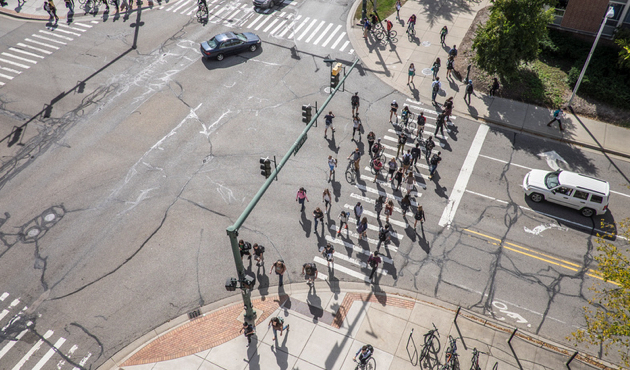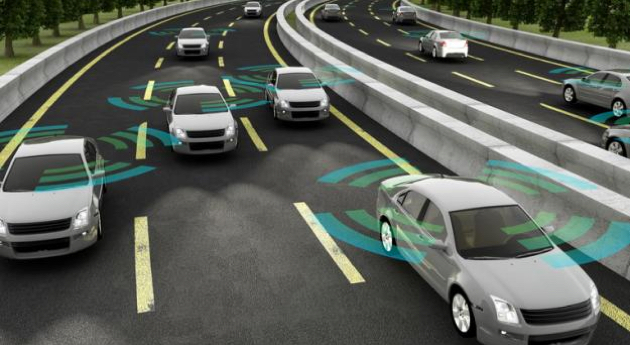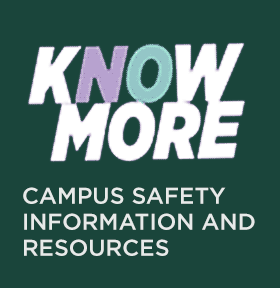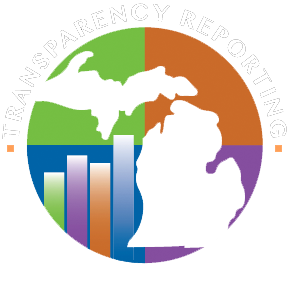
Unique Campus Environment Offers Wide Array of Testing Opportunities
MSU Mobility has an active, connected, four-season campus unrivaled in size and diverse mobility environments. It is an ideal, real-world ecosystem to test, validate and explore emerging solutions for “first mile/last mile” transportation, electrification, automated and connected mobility systems and infrastructures. It is also an Official State of Michigan Mobility Testing Asset.
Spanning 5,200 acres, our campus includes urban, suburban, industrial and rural (agricultural and off-road) zones – and both real-world validation and controlled environment testing is possible. Plus, we own and operate our own roads, energy grid, parking structures, and our own safety division and police department on campus.

Our Campus Features
- 8.1 square miles of contiguous urban, suburban, industrial and rural zones
- 60 lane miles of roads
- 120 miles of pedestrian walkways
- 20 miles of bike lanes
- 40 programmable traffic signals, many connected through telematics
- 26,000 parking spaces
- 30,000 vehicles on the campus daily
- A solar carport array that covers 5,000 parking spaces and produces 15 million kilowatt-hours of green energy annually
- Two DC fast chargers and 16 Level 2 chargers available to the public and 44 additional EV chargers available to MSU fleet vehicles
- Nine Cellular-Vehicle to Everything (C-V2X) roadside units
As an added benefit, we offer a streamlined, one-stop permitting process for research-focused deploy

